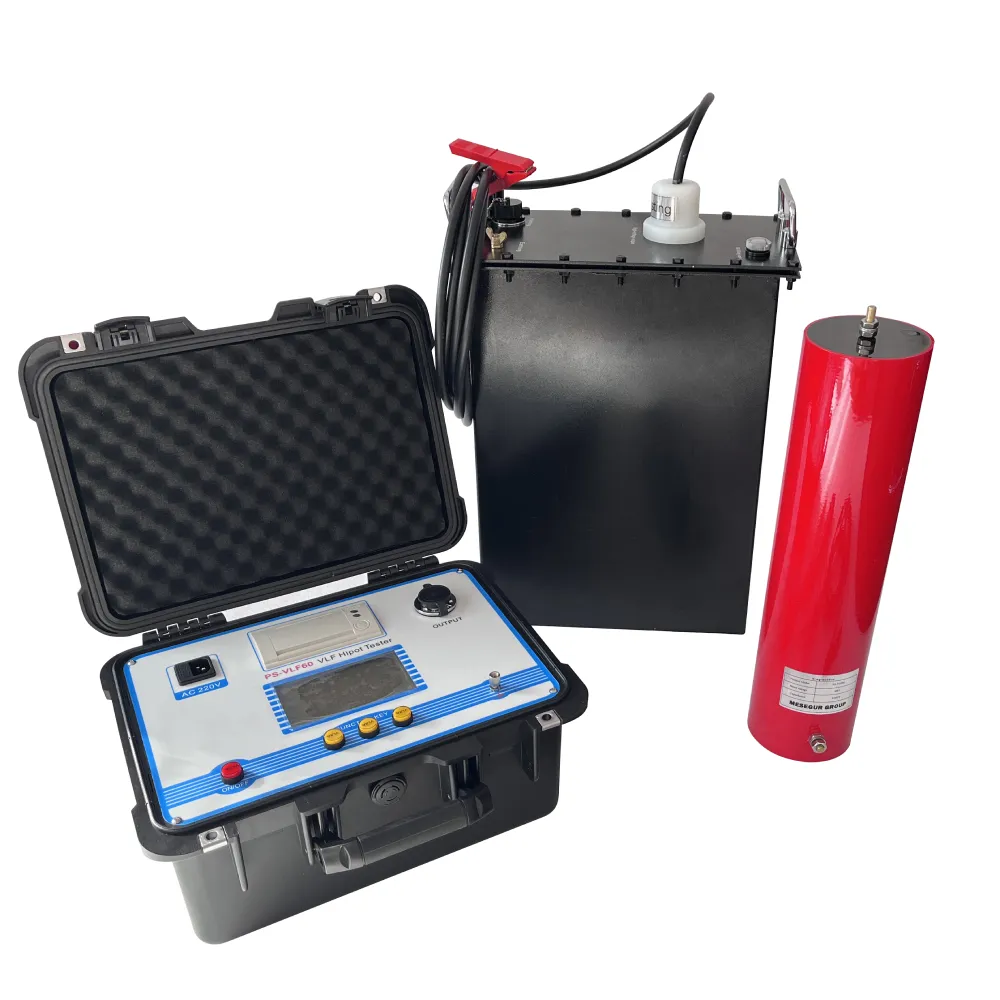 English
English



-
 Afrikaans
Afrikaans -
 Albanian
Albanian -
 Amharic
Amharic -
 Arabic
Arabic -
 Armenian
Armenian -
 Azerbaijani
Azerbaijani -
 Basque
Basque -
 Belarusian
Belarusian -
 Bengali
Bengali -
 Bosnian
Bosnian -
 Bulgarian
Bulgarian -
 Catalan
Catalan -
 Cebuano
Cebuano -
 China
China -
 China (Taiwan)
China (Taiwan) -
 Corsican
Corsican -
 Croatian
Croatian -
 Czech
Czech -
 Danish
Danish -
 Dutch
Dutch -
 English
English -
 Esperanto
Esperanto -
 Estonian
Estonian -
 Finnish
Finnish -
 French
French -
 Frisian
Frisian -
 Galician
Galician -
 Georgian
Georgian -
 German
German -
 Greek
Greek -
 Gujarati
Gujarati -
 Haitian Creole
Haitian Creole -
 hausa
hausa -
 hawaiian
hawaiian -
 Hebrew
Hebrew -
 Hindi
Hindi -
 Miao
Miao -
 Hungarian
Hungarian -
 Icelandic
Icelandic -
 igbo
igbo -
 Indonesian
Indonesian -
 irish
irish -
 Italian
Italian -
 Japanese
Japanese -
 Javanese
Javanese -
 Kannada
Kannada -
 kazakh
kazakh -
 Khmer
Khmer -
 Rwandese
Rwandese -
 Korean
Korean -
 Kurdish
Kurdish -
 Kyrgyz
Kyrgyz -
 Lao
Lao -
 Latin
Latin -
 Latvian
Latvian -
 Lithuanian
Lithuanian -
 Luxembourgish
Luxembourgish -
 Macedonian
Macedonian -
 Malgashi
Malgashi -
 Malay
Malay -
 Malayalam
Malayalam -
 Maltese
Maltese -
 Maori
Maori -
 Marathi
Marathi -
 Mongolian
Mongolian -
 Myanmar
Myanmar -
 Nepali
Nepali -
 Norwegian
Norwegian -
 Norwegian
Norwegian -
 Occitan
Occitan -
 Pashto
Pashto -
 Persian
Persian -
 Polish
Polish -
 Portuguese
Portuguese -
 Punjabi
Punjabi -
 Romanian
Romanian -
 Russian
Russian -
 Samoan
Samoan -
 Scottish Gaelic
Scottish Gaelic -
 Serbian
Serbian -
 Sesotho
Sesotho -
 Shona
Shona -
 Sindhi
Sindhi -
 Sinhala
Sinhala -
 Slovak
Slovak -
 Slovenian
Slovenian -
 Somali
Somali -
 Spanish
Spanish -
 Sundanese
Sundanese -
 Swahili
Swahili -
 Swedish
Swedish -
 Tagalog
Tagalog -
 Tajik
Tajik -
 Tamil
Tamil -
 Tatar
Tatar -
 Telugu
Telugu -
 Thai
Thai -
 Turkish
Turkish -
 Turkmen
Turkmen -
 Ukrainian
Ukrainian -
 Urdu
Urdu -
 Uighur
Uighur -
 Uzbek
Uzbek -
 Vietnamese
Vietnamese -
 Welsh
Welsh -
 Bantu
Bantu -
 Yiddish
Yiddish -
 Yoruba
Yoruba -
 Zulu
Zulu
Electrode Selection for Enhanced Accuracy in Potentiometric Titration Methods
The Role of Electrodes in Potentiometric Titration
Potentiometric titration is a widely used analytical technique that relies on measuring the potential difference (voltage) between electrodes to determine the endpoint of a chemical reaction. Unlike traditional titration, which often involves visual indicators, potentiometric methods provide a more precise and accurate measurement, making them essential in various fields such as pharmaceuticals, environmental science, and food chemistry. A critical component of this method is the electrode, which is responsible for detecting changes in potential as the titration progresses.
The Role of Electrodes in Potentiometric Titration
The indicator electrode, on the other hand, is sensitive to the ion concentration involved in the titration. Depending on the nature of the titration reaction, different types of indicator electrodes can be employed. For example, glass electrodes are frequently used for the titration of acids and bases due to their sensitivity to hydrogen ion concentration. These electrodes consist of a thin glass membrane that isolates the internal electrolyte solution from the sample being analyzed. As the pH of the solution changes during titration, the glass membrane generates a potential difference that corresponds to the hydrogen ion activity.
electrode used in potentiometric titration

For redox reactions, metal electrodes like platinum or gold are often utilized as indicator electrodes. These electrodes can undergo oxidation or reduction, allowing them to align with the redox potential of the solution. In this case, the titration often involves a counter or reference electrode, which connects to a potentiometer to measure the potential difference. The addition of titrant causes changes in the solution's oxidation-reduction status, which can be monitored through the changes in potential.
Another important consideration in the selection of electrodes for potentiometric titration is the nature of the sample matrix. Complex samples, such as those found in food or biological systems, may contain interferents that can affect the accuracy of the measurements. In such cases, specialized electrodes, such as ion-selective electrodes (ISEs), may be employed. ISEs are designed to selectively respond to specific ions while being relatively insensitive to others, allowing for targeted measurement even in complicated matrices.
The calibration of electrodes is also crucial in potentiometric titration. Before conducting an analysis, electrodes must be calibrated with standard solutions to ensure accurate readings. The calibration process involves plotting the potential against the known concentration of the analyte to create a calibration curve. This provides a reference for determining the concentration of the analyte in unknown samples.
In conclusion, electrodes play an indispensable role in potentiometric titration. The careful selection and calibration of both reference and indicator electrodes are essential for accurate and reliable results. As advancements in electrode technology continue to emerge, such as the development of more sensitive and selective ion electrodes, the application of potentiometric titration is likely to expand even further. This technique remains a cornerstone in quantitative analysis, bridging the gap between complex chemistries and precise measurements, ultimately contributing to enhanced understanding and quality in various scientific domains.
-
Testing Equipment Industry Sees Major Advancements in 2025: Smart & Precision Technologies Lead the WayNewsJun.06,2025
-
Applications of Direct Current Generators in Renewable Energy SystemsNewsJun.05,2025
-
Hipot Tester Calibration and Accuracy GuidelinesNewsJun.05,2025
-
Digital Circuit Breaker Analyzer Features and BenefitsNewsJun.05,2025
-
Benefits of Real-Time Power Quality Monitoring Devices for Industrial EfficiencyNewsJun.05,2025
-
Earth Fault Loop Testing in High-Rise Building Electrical SystemsNewsJun.05,2025



